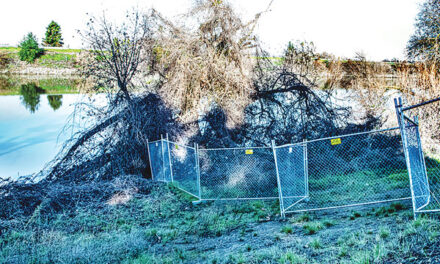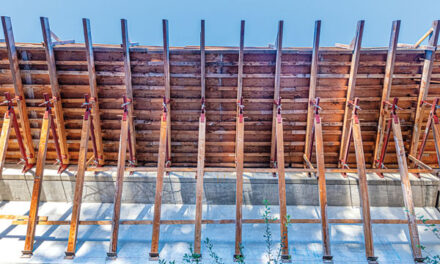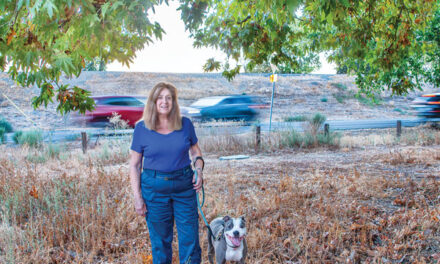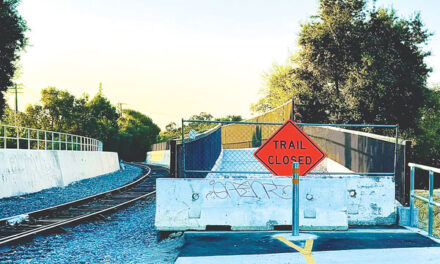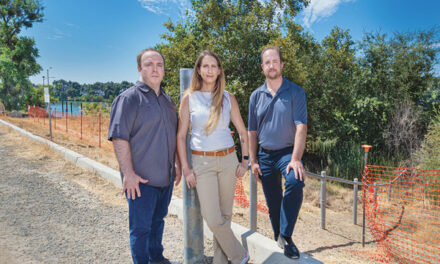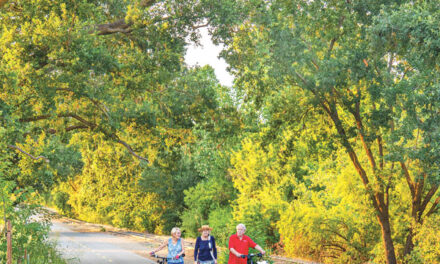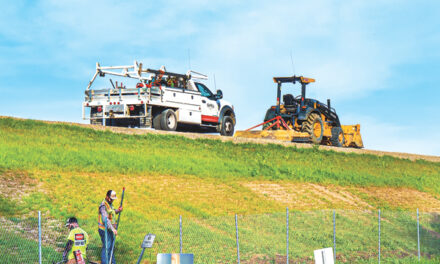There’s no universal agreement on what constitutes a great neighborhood. But most of us recognize one when we see it.
The ideal neighborhood depends on individual priorities and stages of life. Some seek quiet, others vibrancy and activity. Seniors have different preferences than young, single workers or families with small children.
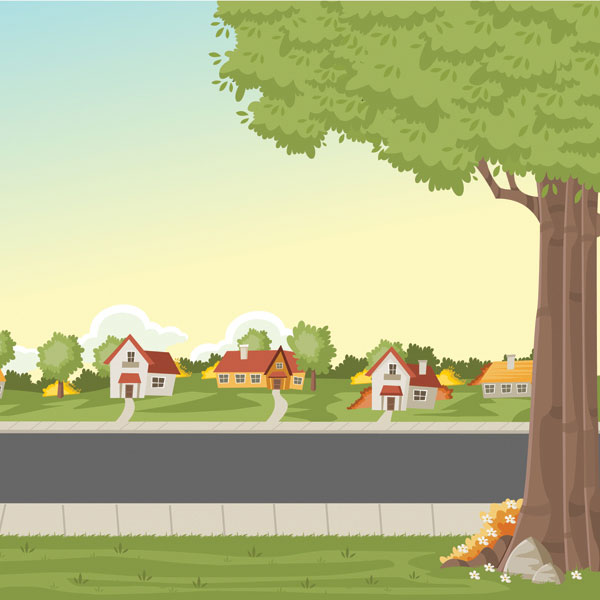
There might be more agreement about what is not part of a great neighborhood.
Nobody wants to live next to freeways or wide arterial streets with lots of noisy, polluting, speeding traffic. Litter, vandalism and graffiti are turnoffs. So are homeless encampments.
Mega-scale schools and businesses overwhelm people. Strip malls and big box stores with acres of parking are unappealing. Barren concrete and seas of asphalt create soulless landscapes. Lack of security inhibits social activity and positive street use.
There is some consensus on elements that make neighborhoods desirable.
Most people love trees, greenery and spaces provided by parks. “Walkability” is important. Sidewalks should be accessible and unobstructed. Crossing the street should be convenient and safe.
Perhaps most importantly, there needs to be a multitude of walkable and bikeable destinations and community gathering spots: shops, schools, parks, a library, post office, medical care, a bank, places to exercise, restaurants and cafes, entertainment and farmers markets.
Small, locally owned businesses are better than impersonal national chains. Human scale is important. Businesses, residences and streets need to be clean and attractive. A great neighborhood must be secure. Social interaction is essential. Good neighbors make good neighborhoods.
What is a neighborhood? Definition is elusive. Neighborhoods may have clear geographic boundaries. They may be defined by common characteristics in ethnicity, income, educational level, housing type. They should have a sense of community, social connections and relationships.
Great cities are made up of great neighborhoods. Cities from Paris to Portland have made plans to create more good neighborhoods.
In Paris, Mayor Anne Hidalgo made the notion of a 15-minute city part of her 2020 reelection campaign. She is eliminating 60,000 parking spaces, adding bike lanes (“in every street”) and planting thousands of trees. The goal is to put the essentials of life within a 15-minute walk or bike trip.
Portland’s plan for 20-minute neighborhoods has been kicking around since 2008. The city’s “Climate Action Plan” sets an objective for 2030, when 90 percent of residents can walk or bicycle to meet basic, non-work requirements.
Whether Paris or Portland, the idea is the same: Build a place where it’s not necessary to use a car for every trip.
Sacramento has some great neighborhoods and this magazine goes to many of them. But there’s room for improvement.
We can build more great neighborhoods if we make neighborhoods a priority. Investments are needed in walking and biking infrastructure, parks and greenways. Making things more proximate can save us time and money, reduce stress and improve quality of life. Where and how we live should make us happy.
Walt Seifert is executive director of Sacramento Trailnet, an organization devoted to promoting greenways with paved trails. He can be reached at bikeguy@surewest.net. Follow us on Facebook, Twitter and Instagram: @insidesacramento.





